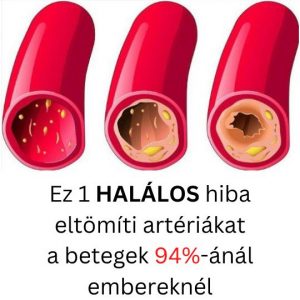The #1 Rated Blood Sugar Formula
Fruits – An Essential Element in Your High Blood Pressure Management

Citrus fruits, including grapefruit, oranges, and lemons, may have powerful blood-pressure-lowering effects. They're loaded with vitamins, minerals, and plant compounds that may help keep your heart healthy by reducing heart disease risk factors like high blood pressure
What causes high blood pressure?
High blood pressure occurs when blood exerts a higher than normal pressure on the walls of the blood vessels. If left uncontrolled, it can put you at a higher risk of heart attack and stroke.3 The intake of too much salt is one of the major factors that cause hypertension. Another biological factor responsible for high blood pressure is the presence of excess fluids in the body. Kidneys play a significant role in filtering the excess fluid out into the urine. To remove the extra fluids from the blood, the kidneys require a delicate balance of potassium and sodium in the blood.Potassium Imbalance
A variation in either of the nutrients in the blood can disturb the sodium-potassium balance. This imbalance may reduce the ability of the kidneys to filter out excess fluids that could build up in the blood, resulting in high blood pressure. Inadequate consumption of potassium is related to an increased risk of high blood pressure, which can lead to cardiovascular diseases. Studies suggest that an increased intake of potassium in your diet helps to lower blood pressure. One factor responsible for potassium deficiency in individuals with high blood pressure is not eating sufficient fruits. Fruits are one of the best naturally available sources of potassium. Eating sufficient fruits can help you get the potassium levels that helps restore the sodium-potassium imbalance seen in individuals with high blood pressure, thus, lowering the blood pressure. The DASH diet, a diet plan for lowering blood pressure, recommends eating 4-5 servings of fruit a day. The following amounts represent one serving:- 1 medium-sized piece of fruit
- ½ cup canned or chopped fruit
- ½ cup fruit juice
- ¼ cup dried fruit
- Bananas
- Oranges
- Apricots
- Currants
- Tomatoes, tomato juice
- Raisins and dates
best food for high blood pressureBest Foods for HypertensionBlood Pressure ManagementBlood Pressure Remedycauses of high blood pressurecauses of hypertensioncure for high blood pressureDASH diet to Lower Blood Pressurefruits for high blood pressurefruits for hypertensionnatural foods for hypertension






